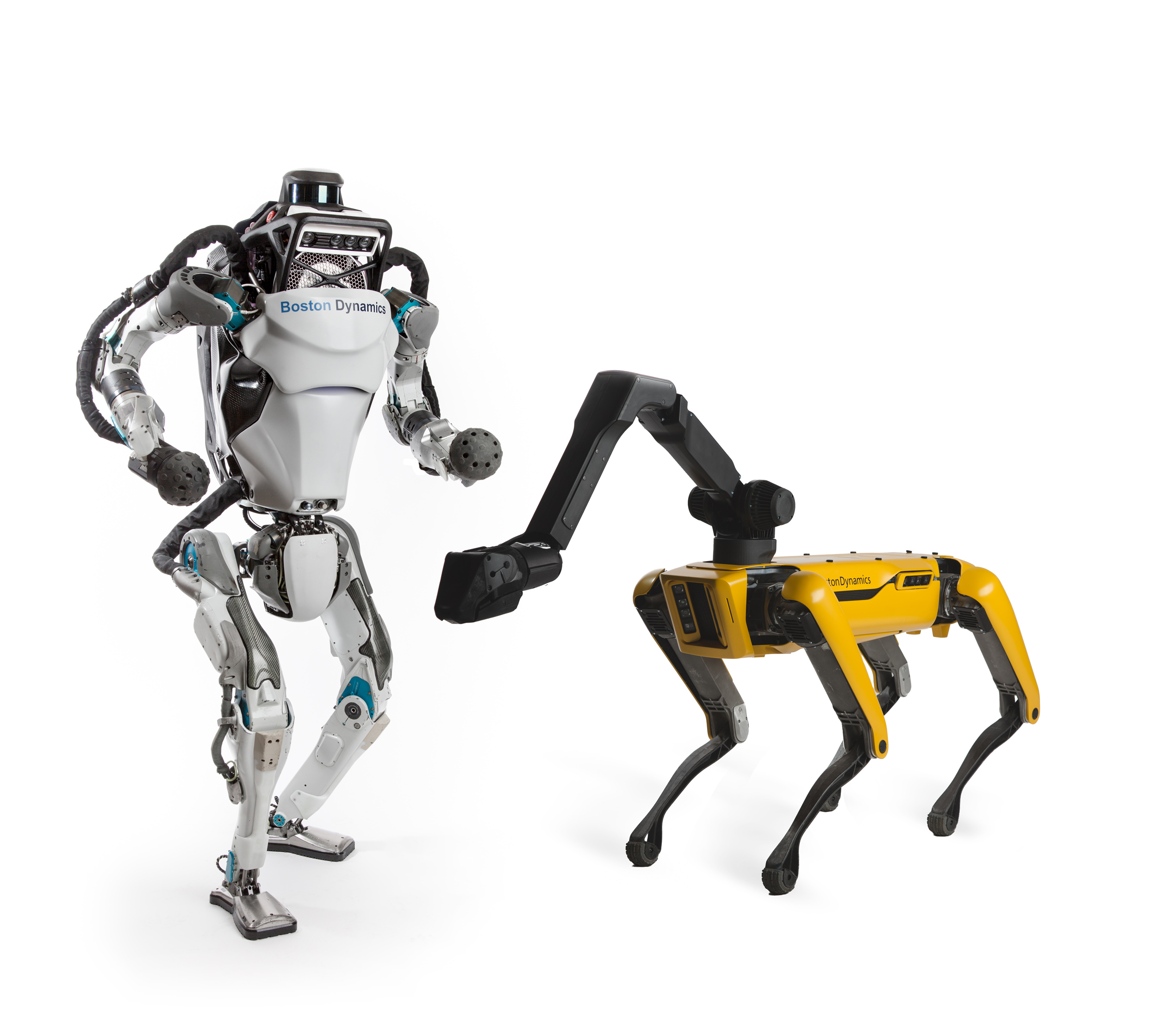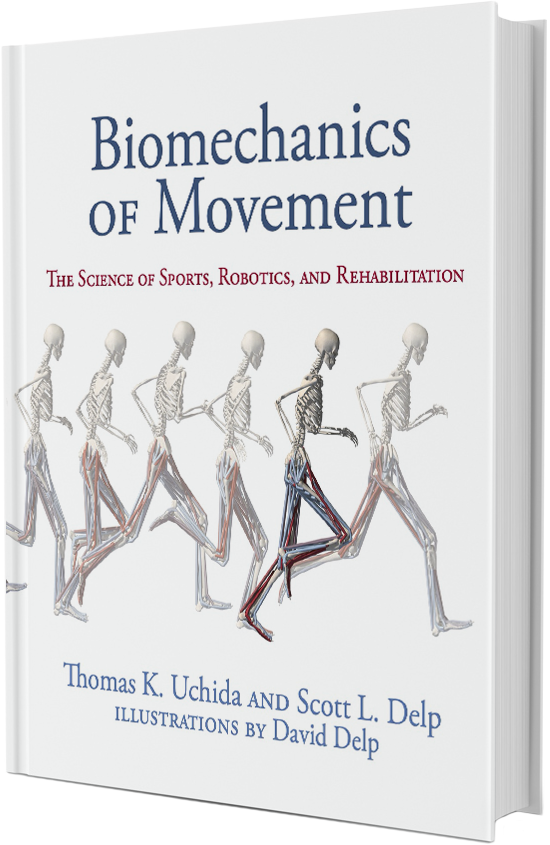
Biomechanics and Robotics
Biomechanics has inspired new robotic designs, just as robots have inspired new insights into biomechanics.
Robots perform tasks repetitively and tirelessly, and they can be used in conditions that are unsafe for humans. It's no wonder they have found use in a wide range of applications, including defense, manufacturing, and medicine. As we envision new uses for robots, they need to have more sophisticated ways of interacting with their environment and with humans.
Biomechanics can aid in the design of robots. At the same time, the capabilities and limitations of robots provide clues about what makes human movements possible. Biomechanics of Movement interweaves biology, physics, mathematical modeling, and application-driven examples to guide readers who wish to bridge biomechanics and robotics.
Legged robots, such as the Atlas robot (above), can navigate rough terrains better than wheeled robots. They are designed using the same principles used by humans and animals. Chapters 3 and 12 describe these principles—including ground contact forces, elastic energy storage, and maintaining stability—and discuss how they can be used to design robots, prostheses, and exoskeletons.


Simple biomechanical models, such as the ballistic walking model and the dynamic walking model (above), underlie the design of passive walking machines. Chapter 2 discusses the evolution of these models and how improvements in the movement and stability of the machines based on these models increased our understanding of human walking.

Learn more about Biomechanics of Movement and ...
Biomechanics of Movement
The Science of Sports, Robotics, and Rehabilitation
by Thomas K. Uchida and Scott L. Delp
Illustrations by David Delp
Here you will find resources to deepen your knowledge of biomechanics and connect you with the vibrant communities and technologies that are redefining the field.

Published by MIT Press




